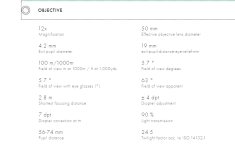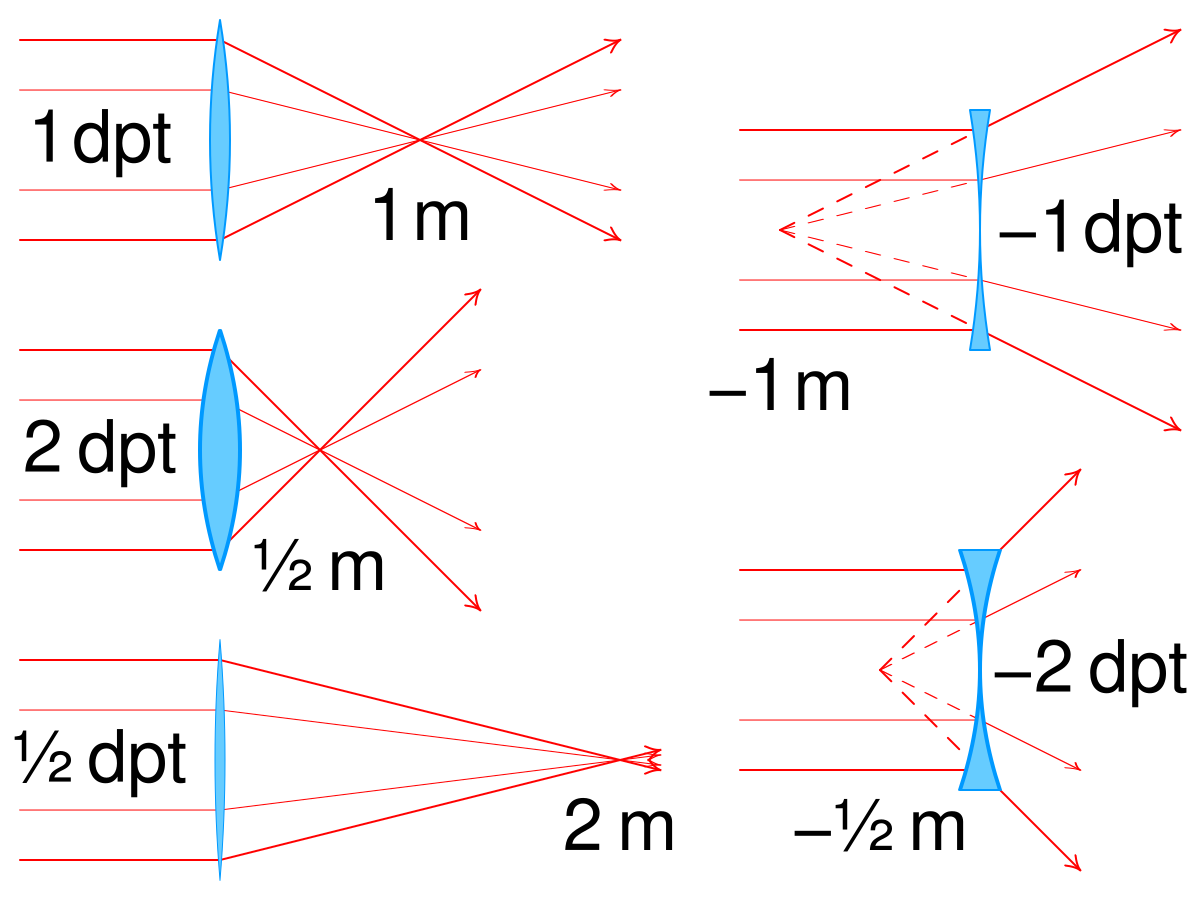I have been looking at this for several times and still don't know what is meant with "dpt", "diopter correction at infinity" and "diopter adjustment" on the website of Swarovski. Can anybody explain it to me? I do not wear glasses, so I have the meaning it is not important to me at all. But is that true? Is it only important when the eyesight of both eyes is not the same? So you can correct it? What does 7 dpt mean?









